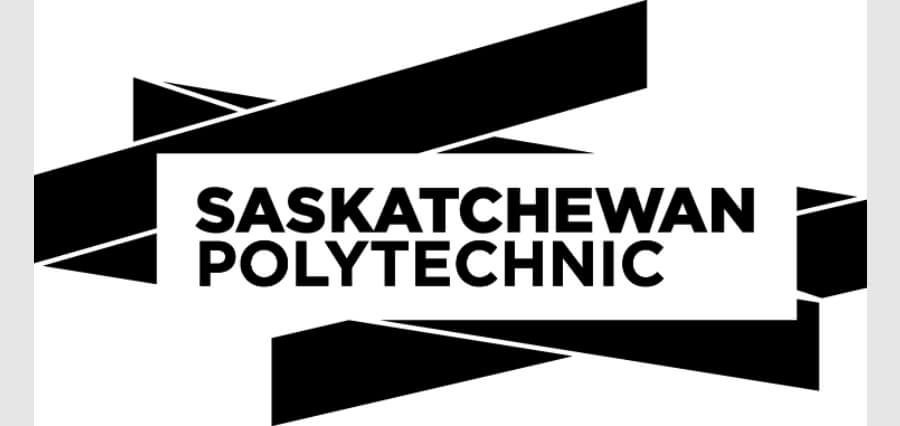What is Augmented Reality?
Augmented reality is the use of technology to impose information — sounds, images, and text — in the real world we see. Think of the “Minority Report” or “Iron Man” style of interactivity.
Often people confuse between Augmented Reality and Virtual Reality (VR). Virtual Reality is a computer-generated environment for you to interact with while Augmented Reality is an ‘addition’ to the reality around you.
Simply put, Augmented Reality (AR) is a digital extension of your physical world.
With the help of advanced AR technologies (e.g. adding computer vision, incorporating AR cameras into smartphone applications and object recognition) the information about the world around the user becomes interactive and digitally manipulated.
Augmented reality is often presented as a ‘futuristic’ technology, but a form of it has been around for several years. Remember the heads-up display in many fighter aircraft back in the 1990s would show information about the altitude, direction, and speed of the plane and only a few years later they were able to identify the targets in the field of view.
In the past decade, various organizations have built devices & programs which gave us augmented reality; MIT Media Lab’s SixthSense, Google Glass by Google, Mobile AR game – Pokemon Go to name a few.
How does it work?
In practice, Augmented Reality can let you see how furniture would look in your living room or play a digital board game on a cereal box. All these examples require an understanding of the physical world from the camera feed, i.e. the AR system must understand what the real world is and decide before adding digital content at the right place.
This is achieved using computer vision, which is what differentiates AR from VR, where users get transported into completely digital worlds. This digital content is displayed realistically so that it looks part of the real world – this is called rendering.
Augmented Reality requires an understanding of the user world in terms of both semantics and 3D geometry. Semantics answers the “what?” question, for example recognizing the cereal box. Geometry answers the “where?” question and infers where the cereal box is in the 3D world. Without geometry, AR content cannot be displayed at the right place and angle, which is essential to make it feel part of the physical world.
Future of Augmented Reality
The ultimate goal of augmented reality is to create a convenient and natural immersion, so there’s a sense that phones and tablets will get replaced, though it isn’t clear what those replacements will be. Even glasses might take on a new form, as “smart glasses” are developed for blind people.
Like any new technology, AR has a lot of political and ethical issues. Google Glass, for example, raised privacy concerns. Some worried that conversations might be surreptitiously recorded, or pictures snapped or thought that they might be identified by face recognition software.
AR is for things you need to get right the very first time. Augmented reality’s infinite possibilities –
- Manufacturing environments – production floor
- Remote expert guidance
- Medical and surgery
Opportunities you can leverage on today
- Field Service
- Reduce time for the first-time fix
- Faster repair times
- Fewer return visits
- Logistics
- Reduced time for asset location
- Increased productivity / WO completion
- The improved work error rate
- Training
- Improved efficiency and confidence
- Decrease in time to productivity for new resources
- Improved safety
- Immersive Analytics
- Increased visibility to complex data
- Augmented data discovery
- Get to actionable data faster
About the Author
Mishal Suvarna is the Country Head – IT at Legrand (India). He has more than fifteen years of rich experience in technology and business management for Fortune 500 clients across various sectors. These verticals include Manufacturing, BPO, Pharma, BFSI, and Retail Industries. Mishal is an extremely detailed individual with a knack for having an excellent command over communication with precision. May it be verbal or written, his communication and interpersonal skills are commendable. The key focus areas where his talents lie are Automation and Continuous Service Improvement. All of this while incorporating digital solutions to address business needs with a delivery approach oriented towards the customers. Mishal is an individual with an eternal thirst for excellence and likes to tackle adversities head-on.









